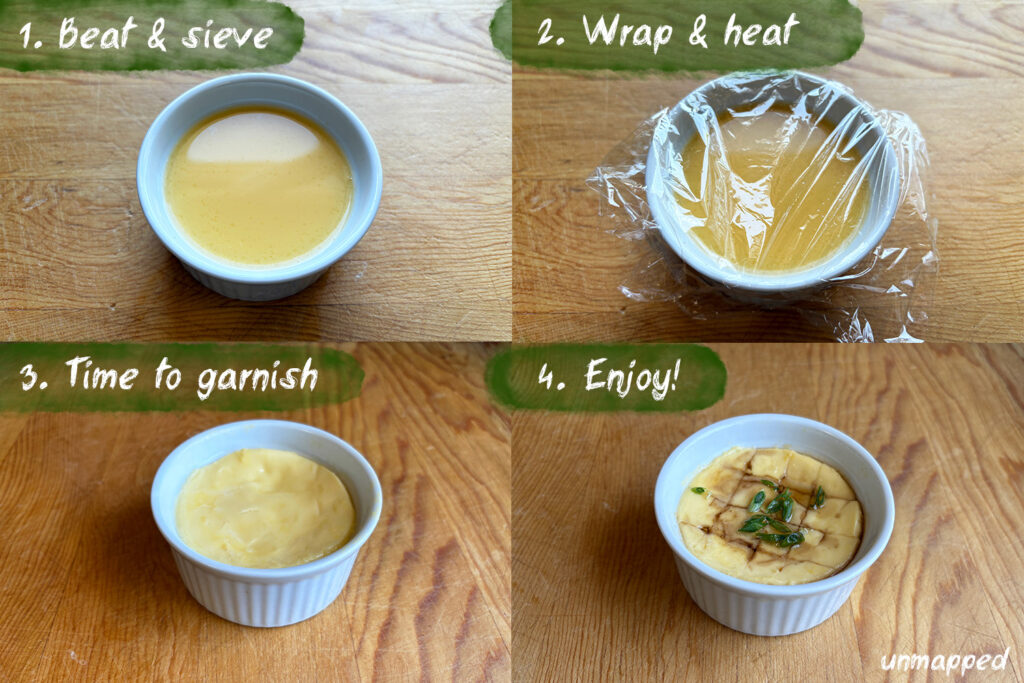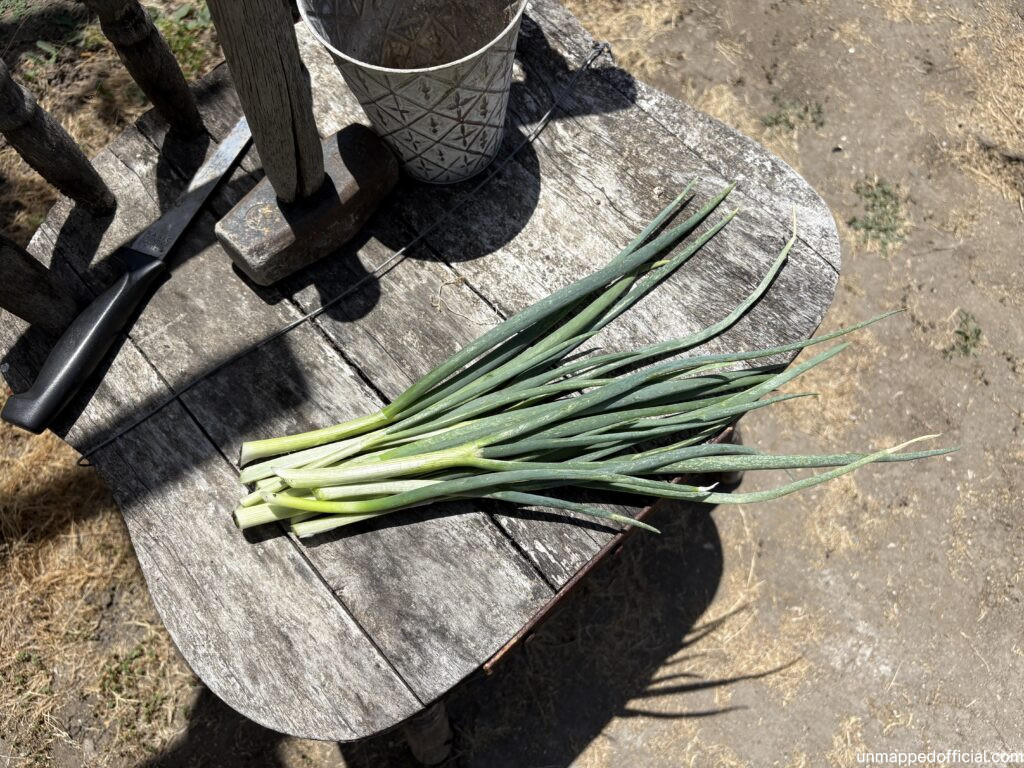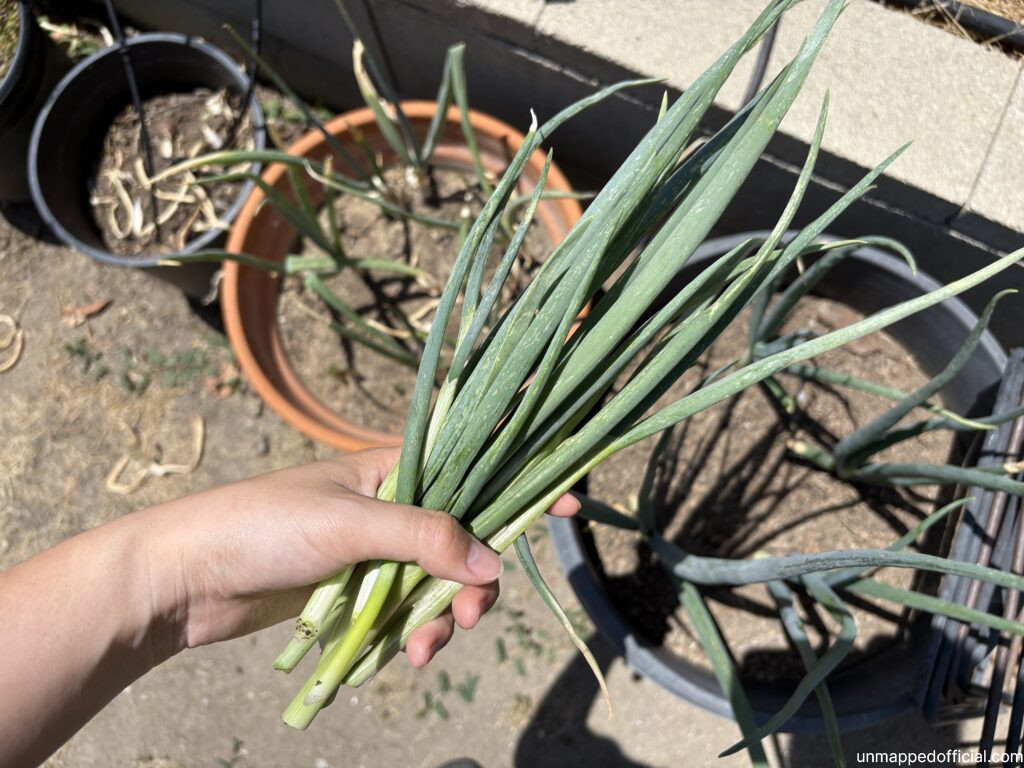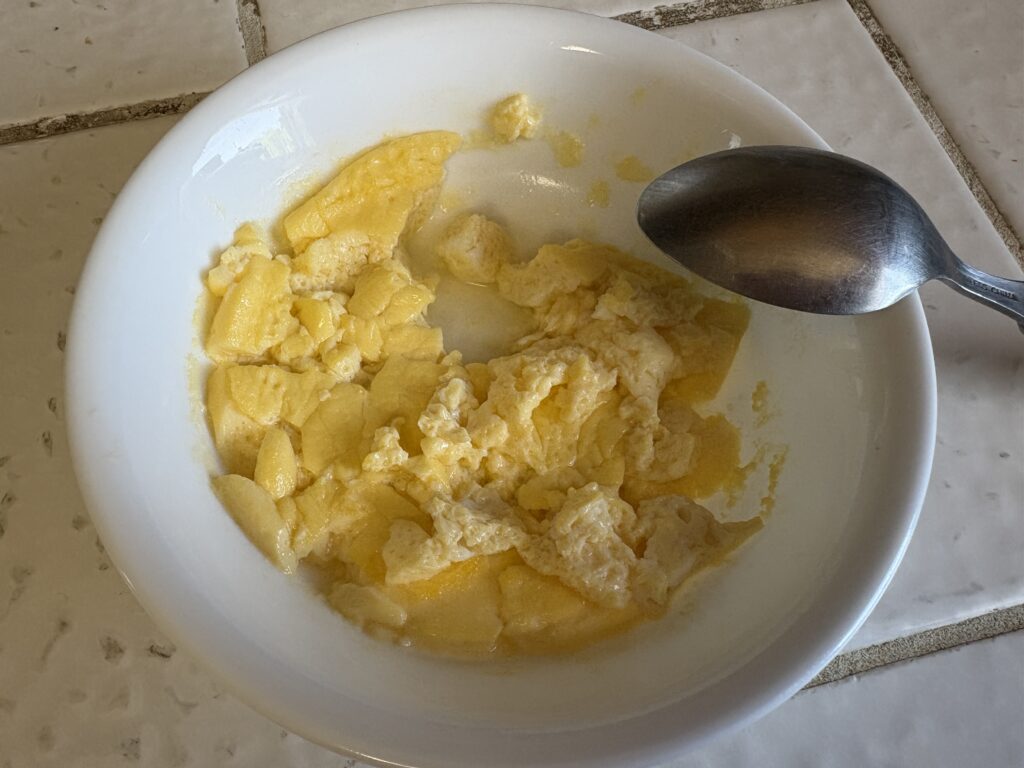Craving something warm and comforting? Not in the mood to cook? Too lazy to even CHEW?? Look no further… I present the easy microwave steamed egg recipe.
If you haven’t had a Chinese steamed egg, you’re really missing out. This is a healthy, non-stomach-upsetting dish that could be as filling as a light meal. Great over rice or by itself, I’d have it for breakfast, or a late night “snack”. It’s so soft that anyone with their braces tightened or seniors with no teeth can chew this! I used to eat this all the time whenever I had braces tightened, or if my stomach hurt.

Easy Microwave Steamed Egg Recipe
Ingredients
- Any amount of eggs
- Water
- Pinch of salt
Optional:
- Soy Sauce
- Sesame Oil
- Scallions
Instructions
- Beat your desired amount of eggs with equal parts water and a pinch of salt.
- Run the mixture through a sieve to remove chunks and bubbles.
- Cover loosely with plastic wrap.
- Microwave in 30 second bursts, checking on it in-between times.
- It should be done when it becomes jiggly and no longer liquid.
- Optional: Garnish with soy sauce, sesame oil, and scallions.


Origin of steamed egg
Chinese steamed egg, known as zhēng dàn (蒸蛋), or zhēng shuǐ dàn (蒸水蛋), is a beloved dish that has been passed down through generations in Chinese households. At its core, steamed egg is a simple mixture of eggs and water or broth, gently steamed until it becomes a silky, smooth custard. Despite how basic it sounds, there’s an art to making it just right—getting that perfectly soft, jiggly texture takes technique and care. Many home cooks have their own methods, whether it’s straining the mixture, using warm water, or covering the dish while steaming.
While it’s most commonly seen in Cantonese cuisine, variations of this dish exist all across China. In northern China, people tend to add minced pork into it, but most will customize it by adding any combination soy sauce, sesame oil, scallions, or chili crisp, depending on what you had at home.
Historically, steamed egg became popular because it was affordable, filling, and adaptable. Eggs were accessible for most families, and steaming was a traditional cooking method that didn’t require fancy equipment. You could prepare a warm, nourishing meal using minimal ingredients. It was also a way to stretch protein for a whole family, which was especially important in poorer or rural communities.
In Traditional Chinese Medicine (TCM), steamed egg is considered easy on the digestive system and suitable for people of all ages. It’s often served to children, elders, or anyone recovering from illness because it’s soft, gentle, and comforting. It’s not uncommon to see it as part of everyday meals in Chinese homes, often paired with rice and vegetables.
Hopefully yours turned out alright. Everyone’s got a different bowl and microwave, which could change the results, so you’ll probably have to tweak it based on your set-up.
Even I mess up sometimes, because I eyeball everything, all the time, and I don’t bother to follow recipes because I like to skim a few and just wing it. As you can see by one of my fails below… (let me know if I should make a post with all my fails lol)

Is there a better way to make a steamed egg? Yeah definitely, but this is the laziest way possible to do it, so your expectations should’ve been low in the first place. I’ve seen people microwave it while it’s placed in the center of a larger bowl filled with water. But honestly, I consider that cheating. It’s basically actually steamed at that point, even though it is still microwaved.
Welp, let me know how your steamed egg turned out!
Big J
P.S. Doesn’t this match my butter yellow nails perfectly?
